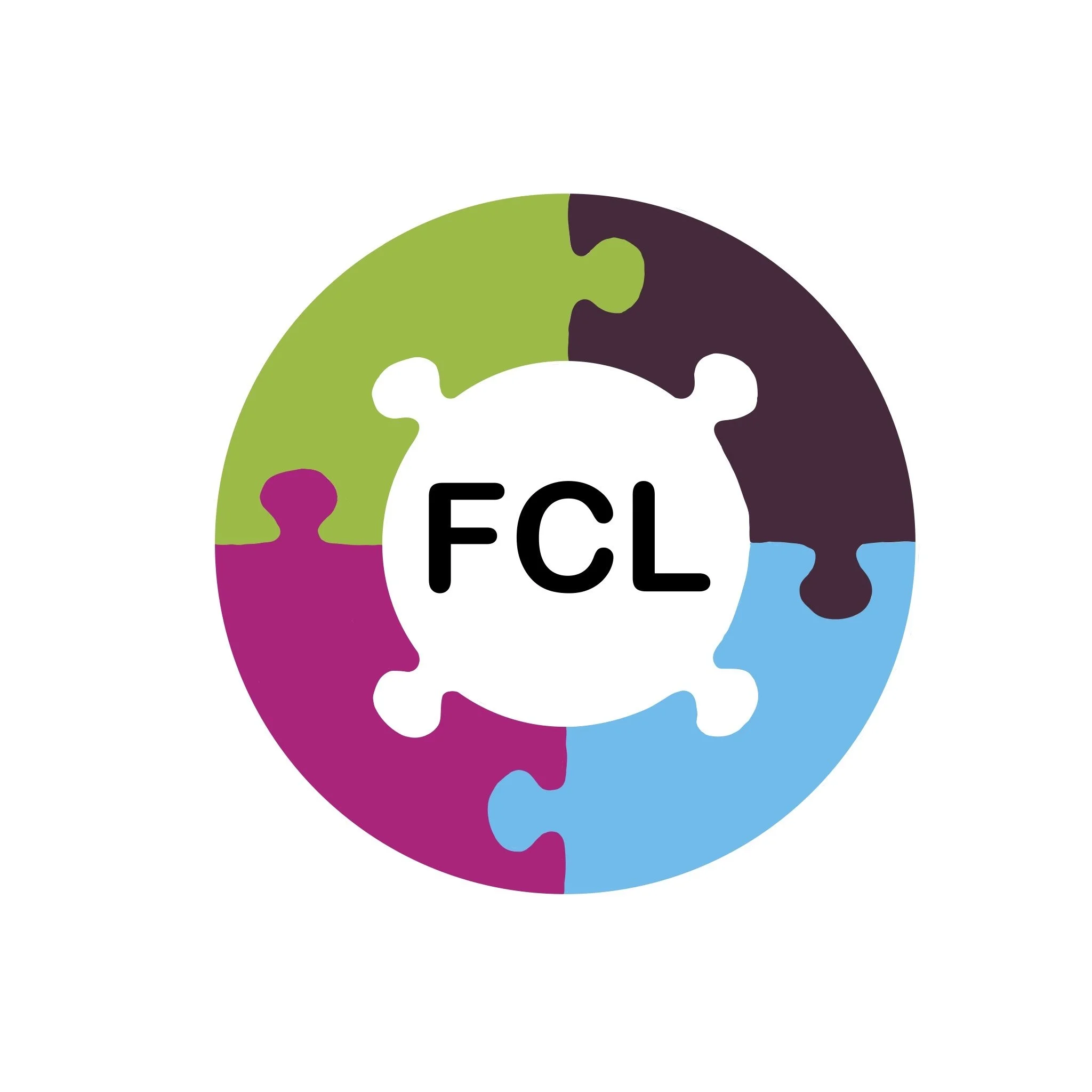Agreeing Objectives
In an ideal world, stakeholders agree on a way forward but this may not be possible when interests conflict. Differences of opinion should not prevent a compromise or solution being sought as in many cases talking about and working through differences enables consensus to be reached. This is particularly true when sufficient time is allowed for stakeholders to reflect on their positions both in the long and short term.
Breaking a log jam - As part of the decision process, one method might be to write down all the objectives of the stakeholders and divide them into:
Objectives that can be achieved simultaneously without modification
Objectives that could be compatible with changes to management or compensation
Objectives that are incompatible.
Such a process could be done with a representative group of stakeholders.
Categorising objectives has the advantage that it encourages discussion, allows stakeholders to consider their own objectives in the context of others and gives a clear indication of the extent of broad agreement. Common land is often extensive and this allows for the separation of activities over space as well as time.
Points to note:
Views may differ but people can often carry out their separate activities simultaneously, particularly when a code of practice is developed.
Financial compensation can enable agreement to be reached; comments such as: “I don’t agree but if the price is right I’ll consider it,” are common, particularly in relation to grazing levels for agri-environment schemes.
One stakeholder may disagree but their legal interests are not sufficient to disrupt the remaining stakeholders from continuing. A risk assessment of leaving out specific stakeholders should be undertaken as the agreement may not be robust without them. Conversely, it is not appropriate that one person or group can unreasonably obstruct a plan agreed by the majority. Respect minority views, record any threats and complaints that might be expressed by dissident parties and provide a full picture of views and objectives to those parties.
In some cases a public inquiry will be needed so that an independent inspector can decide where the public interest lies, e.g. for a road, fence or wind turbine. Public inquiries often arise as a result of an application for works on a common (see Capital Works)
Negotiating with multiple parties
Commons negotiations are often complex due to the numbers of people involved. In some cases, there are over 100 commoners before account is taken of the owners, regulators and other interest groups.
How can such large numbers of people be effectively involved in implementing management?
A strong association can be a huge asset as a trusted Chairman will assist achieving consensus, though bear in mind association officers are unpaid and will often have a personal interest in the outcome.
Carefully record information and guarantee confidentiality where appropriate but ensure transparency where needed.
Identify early those individuals who may require additional personal contact. The 80:20 rule usually applies with commons where 80% of the time is spent on 20% of the people. Being prepared for this will avoid resentment occurring among negotiators and other stakeholders.
Use independent advisors who are experienced and trusted.
Your local Federation or the Foundation for Common Land may be able to assist or provide contacts for those who have comparable experience.
Be prepared to walk away from a negotiation to allow time for reflection or simply to “call their bluff”.
Next up: Scoping the Legal Position
Early on in the negotiations, it is important to check any legal procedures necessary. Click below for more information about this.

